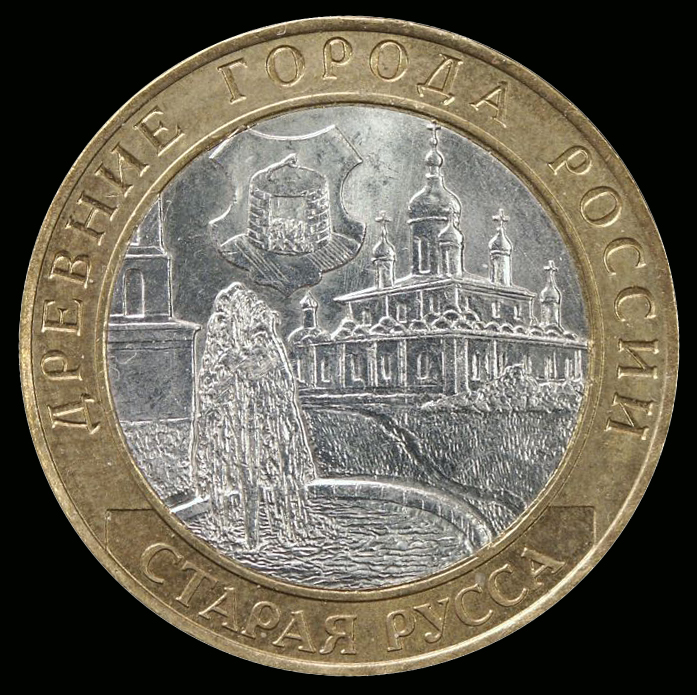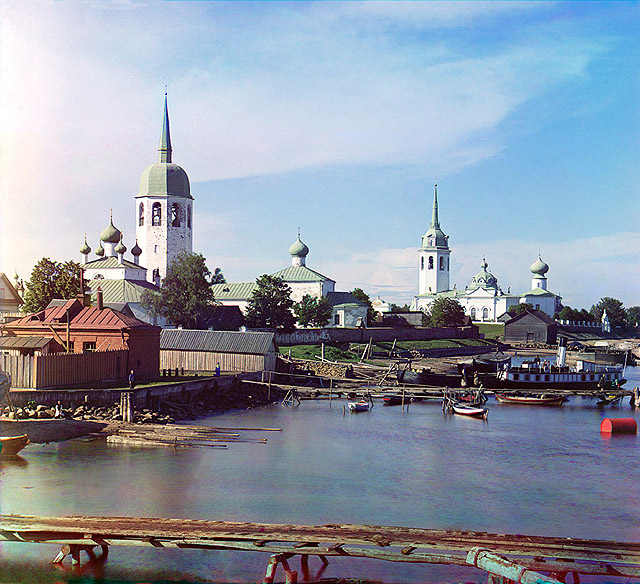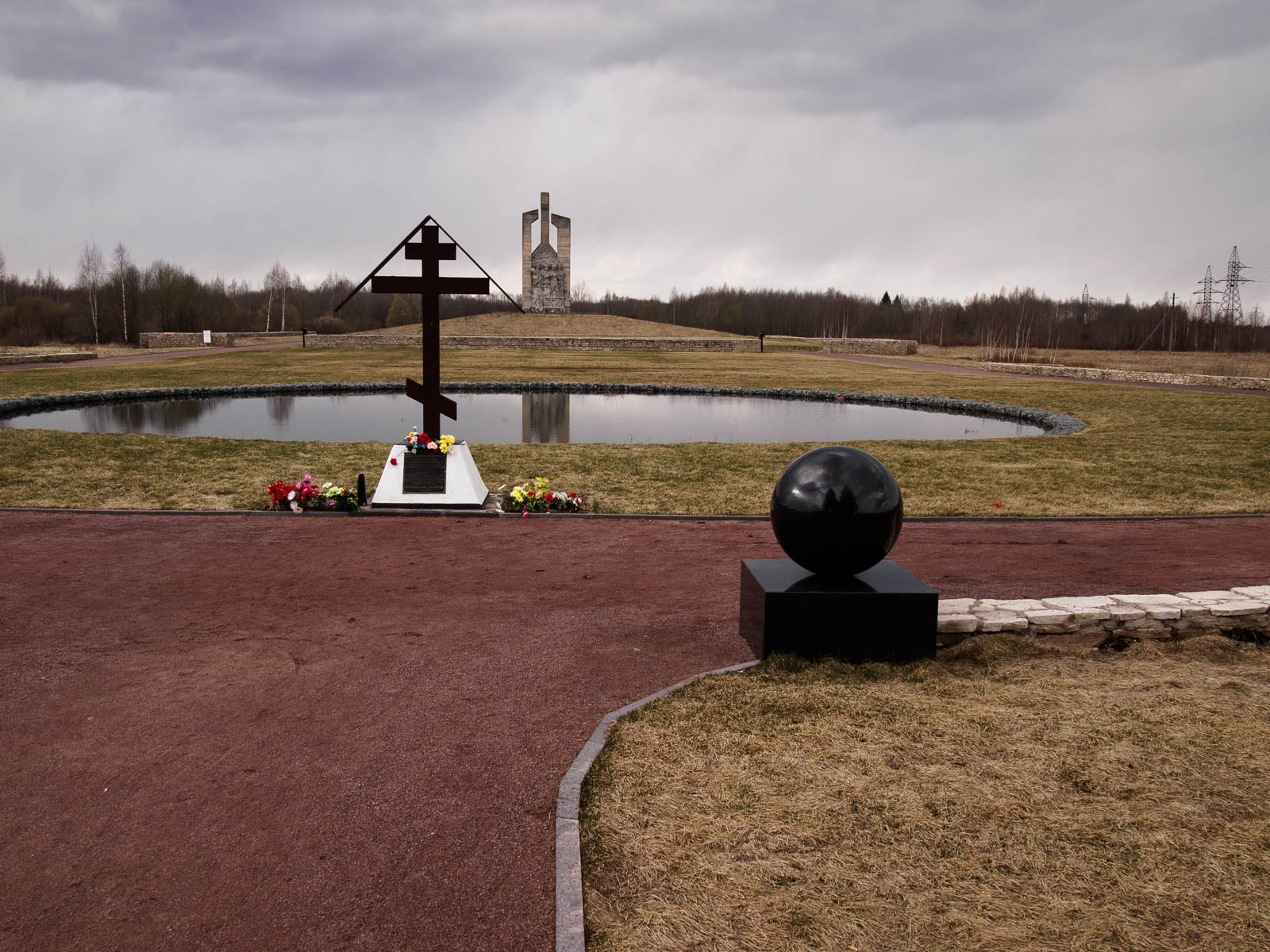|
Novgorod Governorate
Novgorod Governorate (Pre-reformed rus, Новгоро́дская губе́рнія, r=Novgorodskaya guberniya, p=ˈnofɡərətskəjə ɡʊˈbʲernʲɪjə, t=Government of Novgorod), was an administrative division (a '' guberniya'') of the Russian Empire and the Russian SFSR, which existed from 1727 to 1776 and from 1796 to 1927. Its administrative center was in the city of Novgorod. The governorate was located in the northwest of the European part of the Russian Empire. History The governorate was established in 1727 from Belozersk, Novgorod, Pskov, Tver and Velikiye Luki Provinces of St. Petersburg Governorate. It was abolished by a decree ('' ukase'') of Catherine II on , 1776, which established Novgorod and Tver Viceroyalties instead. Novgorod Viceroyalty included Novgorod and Olonets Oblast, whereas Tver Viceroyalty was made of the former Tver Province. The viceroyalty was never formally abolished, however, after a number of administrative transformations it was ... [...More Info...] [...Related Items...] OR: [Wikipedia] [Google] [Baidu] |
Governorate (Russia)
A governorate, gubernia, province, or government ( rus, губе́рния, p=ɡʊˈbʲɛrnʲɪjə, also romanized ; uk, губернія, huberniia), was a major and principal administrative subdivision of the Russian Empire. After the empire was ended by revolution, they remained as subdivisions in Belarus, the Russian republic, Ukraine, and in the Soviet Union from its formation until 1929. The term is also translated as ''government'', ''governorate'', or ''province''. A governorate was ruled by a governor (, ''gubernator''), a word borrowed from Latin , in turn from Greek . Selected governorates were united under an assigned governor general such as the Grand Duchy of Finland, Congress Poland, Russian Turkestan and others. There also were military governors such as Kronstadt, Vladivostok, and others. Aside from governorates, other types of divisions were oblasts (region) and okrugs (district). First reform This subdivision type was created by the edict (ukase) of Peter ... [...More Info...] [...Related Items...] OR: [Wikipedia] [Google] [Baidu] |
Pskov Oblast
Pskov Oblast (russian: Пско́вская о́бласть, ') is a federal subject of Russia (an oblast), located in the west of the country. Its administrative center is the city of Pskov. As of the 2010 Census, its population was 673,423. Geography Pskov Oblast is the westernmost federal subject of contiguous Russia ( Kaliningrad Oblast, while located further to the west, is an exclave).1september.ru. Д. В. Заяц (D. V. Zayats).Псковская область (''Pskov Oblast''). It borders with Leningrad Oblast in the north, Novgorod Oblast in the east, Tver and Smolensk Oblasts in the southeast, Vitebsk Oblast of Belarus in the south, and with the counties of Latvia ( Alūksne Municipality, Balvi Municipality, and Ludza Municipality) and Estonia ( Võru County) in the west. In the northwest, Pskov Oblast is limited by Lake Peipus, which makes up most of the state border with Estonia. The oblast is located in the Baltic Sea drainage basin, mostly in ... [...More Info...] [...Related Items...] OR: [Wikipedia] [Google] [Baidu] |
Pskov Province
Pskov ( rus, Псков, a=pskov-ru.ogg, p=pskof; see also names in other languages) is a city in northwestern Russia and the administrative center of Pskov Oblast, located about east of the Estonian border, on the Velikaya River. Population: Pskov is one of the oldest cities in Russia. It served as the capital of the Pskov Republic and was a trading post of the Hanseatic League before it came under the control of the Grand Duchy of Moscow. History Early history Pskov is one of the oldest cities in Russia. The name of the city, originally Pleskov (historic Russian spelling , ''Plěskov''), may be loosely translated as " he townof purling waters". It was historically known in English as Plescow. Its earliest mention comes in 903, which records that Igor of Kiev married a local lady, Olga (later Saint Olga of Kiev). Pskovians sometimes take this year as the city's foundation date, and in 2003 a great jubilee took place to celebrate Pskov's 1,100th anniversary. The fi ... [...More Info...] [...Related Items...] OR: [Wikipedia] [Google] [Baidu] |
Tikhvin
Tikhvin (russian: Ти́хвин; Veps: ) is a town and the administrative center of Tikhvinsky District in Leningrad Oblast, Russia, located on both banks of the Tikhvinka River in the east of the oblast, east of St. Petersburg. Tikhvin is also an industrial and cultural center of the district, as well as its transportation hub. Population: It was previously known as ''Predtechensky pogost'', ''Tikhvinsky posad''. Etymology Per to one version (Max Vasmer was a supporter of it) the name of the town originates from Old East Slavic ''тихъ'' (russian: тихий), which means «quiet».Фасмер М. Этимологический словарь русского языка. vol. IV. p. 63. Per another version, from Finnish ''tihkua'' — «trickle out».Поспелов Е. М. Географические названия мира: Топонимический словарь: Ок. 5000 единиц. Moscow, 1998 History It was first mentioned in 1383 as Predtech ... [...More Info...] [...Related Items...] OR: [Wikipedia] [Google] [Baidu] |
Staraya Russa
Staraya Russa ( rus, Старая Русса, p=ˈstarəjə ˈrusːə) is a town in Novgorod Oblast, Russia, located on the Polist River, south of Veliky Novgorod, the administrative center of the oblast. Its population has steadily decreased over the past years, going from 41,538 recorded in the 1989 Census to 35,511 in the 2002 Census to 31,809 in the 2010 Census. Etymology The origin of the name of Staraya Russa is unclear. The most involved and widespread hypothesis was presented by philologists and linguists R. A. Akheyeva, V. L. Vasilyev, and M.V. Gorbanevsky. According to this hypothesis, ''Russa'' comes from Rus'—a Slavic people, who settled in the vicinity to control trade routes leading from Novgorod to Polotsk and Kiev—which, in turn, is usually thought to originate from an Old Norse term for "the men who row" (''rods-'') as rowing was the main method of navigating the rivers of Eastern Europe, and that it could be linked to the Swedish coastal ... [...More Info...] [...Related Items...] OR: [Wikipedia] [Google] [Baidu] |
Staraya Ladoga
Staraya Ladoga (russian: Ста́рая Ла́дога, p=ˈstarəjə ˈladəɡə, lit=Old Ladoga), known as Ladoga until 1704, is a rural locality (a '' selo'') in Volkhovsky District of Leningrad Oblast, Russia, located on the Volkhov River near Lake Ladoga, north of the town of Volkhov, the administrative center of the district. It used to be a prosperous trading outpost in the 8th and 9th centuries. It was dominated by Varangians who became known as the Rus'. For that reason, it is sometimes called the first capital of Russia. History Origin Dendrochronology suggests that Ladoga was founded in 753. Until 950, it was one of the most important trading ports of Eastern Europe. Merchant vessels sailed from the Baltic Sea through Ladoga to Novgorod and then to Constantinople or the Caspian Sea. This route is known as the trade route from the Varangians to the Greeks. An alternative way led down the Volga River along the Volga trade route to the Khazar capital of Atil, and then t ... [...More Info...] [...Related Items...] OR: [Wikipedia] [Google] [Baidu] |
Novaya Ladoga
Novaya Ladoga (russian: Но́вая Ла́дога, lit=New Ladoga) is a town in Volkhovsky District of Leningrad Oblast, Russia, located at the point where the Volkhov River flows into Lake Ladoga, east of St. Petersburg. Population: History The Nikolo-Medvedsky ( St. Nicholas) Monastery stood on the site of the modern town since the 15th century, but the nearby ''sloboda'' was long overshadowed by the first Russian capital, Staraya Ladoga, located just a few miles upstream. In 1702–1704, during the Great Northern War, Peter the Great established a shipyard there, fortified the monastery, and ordered the population of Staraya Ladoga to relocate to the nearby village. Town rights were granted to it in 1704. The newly founded town grew in importance in connection with construction of the Ladoga Canal and Volga-Baltic Waterway in the 18th and 19th centuries. In 1719, Novaya Ladoga was included to St. Petersburg Governorate. In 1727, separate Novgorod Govern ... [...More Info...] [...Related Items...] OR: [Wikipedia] [Google] [Baidu] |
Porkhov
Porkhov (russian: По́рхов) is a town and the administrative center of Porkhovsky District in Pskov Oblast, Russia, located on the Shelon River, east of Pskov, the administrative center of the oblast. Population: History The fortress of Porkhov is believed to have been founded in 1239 by Alexander Nevsky. The timber fortress was sacked by Algirdas (Olgierd) in 1356 and fell in flames in 1387. The Novgorod Republic immediately rebuilt its fortifications in limestone downstream. In 1428, Grand Duke of Lithuania Vytautas destroyed the western wall by artillery fire and entered Porkhov. Two years later, the Novgorodians augmented the fortress and rebuilt its walls. After the fall of Novgorod to the Muscovites in 1478, the fortress lost its military importance. Porkhov was the second most important town of Shelon Pyatina, after Russa. It was not, however, a significant economical center—there were only seventy-six homesteads there in the 15th century and almost al ... [...More Info...] [...Related Items...] OR: [Wikipedia] [Google] [Baidu] |
Olonets
Olonets (russian: Оло́нец; krl, Anus, olo, Anuksenlinnu; fi, Aunus, Aunuksenkaupunki or Aunuksenlinna) is a town and the administrative center of Olonetsky District of the Republic of Karelia, Russia, located on the Olonka River to the east of Lake Ladoga. Population: History Olonets is the oldest documented settlement in Karelia, mentioned by Novgorodian sources as early as 1137. Its history is obscure until 1649, when a fortress was built there to protect the Grand Duchy of Moscow against the Swedes. The same year it was granted town privileges. Until the Great Northern War, Olonets developed as a principal market for Russian trade with Sweden. To the south from the town, there sprawled a belt of fortified abbeys, of which the Alexander-Svirsky Monastery was the most important. In the 18th century, Olonets' importance shifted from trade to ironworking industries. In 1773, it was made the seat of Olonets Governorate. Eleven years later, however, the seat was move ... [...More Info...] [...Related Items...] OR: [Wikipedia] [Google] [Baidu] |
Novgorod Province, Novgorod Governorate
Veliky Novgorod ( rus, links=no, Великий Новгород, t=Great Newtown, p=vʲɪˈlʲikʲɪj ˈnovɡərət), also known as just Novgorod (), is the largest city and administrative centre of Novgorod Oblast, Russia. It is one of the oldest cities in Russia, being first mentioned in the 9th century. The city lies along the Volkhov River just downstream from its outflow from Lake Ilmen and is situated on the M10 federal highway connecting Moscow and Saint Petersburg. UNESCO recognized Novgorod as a World Heritage Site in 1992. The city has a population of At its peak during the 14th century, the city was the capital of the Novgorod Republic and was one of Europe's largest cities. The "Veliky" ("great") part was added to the city's name in 1999. History Early developments The Sofia First Chronicle makes initial mention of it in 859, while the Novgorod First Chronicle first mentions it in 862, when it was purportedly already a major Baltics-to- Byzantium station on th ... [...More Info...] [...Related Items...] OR: [Wikipedia] [Google] [Baidu] |
Tver Oblast
Tver Oblast (russian: Тверска́я о́бласть, ''Tverskaya oblast'', ), from 1935 to 1990 known as Kalinin Oblast (), is a federal subject of Russia (an oblast). Its administrative center is the city of Tver. It was named after Mikhail Kalinin, the Soviet revolutionary. Population: 1,353,392 ( 2010 Census). Tver Oblast is a region of lakes, such as Seliger and Brosno. Much of the remaining area is occupied by the Valdai Hills, where the Volga, the Western Dvina, and the Dnieper have their source. Tver Oblast is one of the tourist regions of Russia with a modern tourist infrastructure. There are also many historic towns: Torzhok, Toropets, Zubtsov, Kashin, Vyshny Volochyok, and Kalyazin. The oldest of these is Rzhev, primarily known for the Battles of Rzhev in World War II. Staritsa was the seat of the last appanage principality in Russia. Ostashkov is a major tourist center. Geography Tver Oblast is located in the west of the middle part of th ... [...More Info...] [...Related Items...] OR: [Wikipedia] [Google] [Baidu] |








